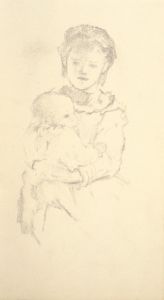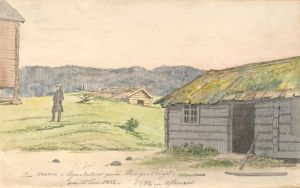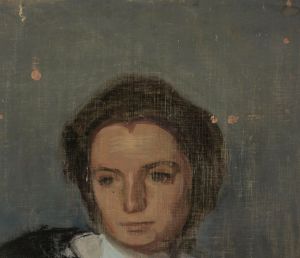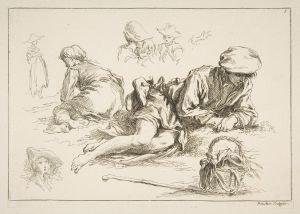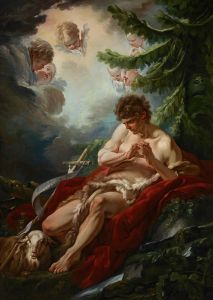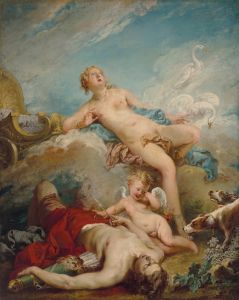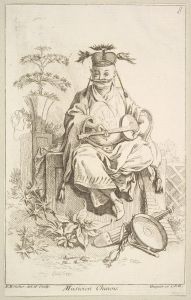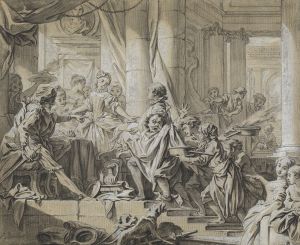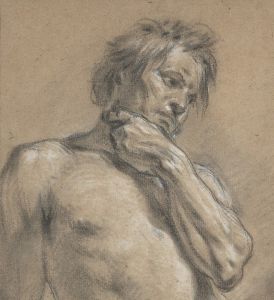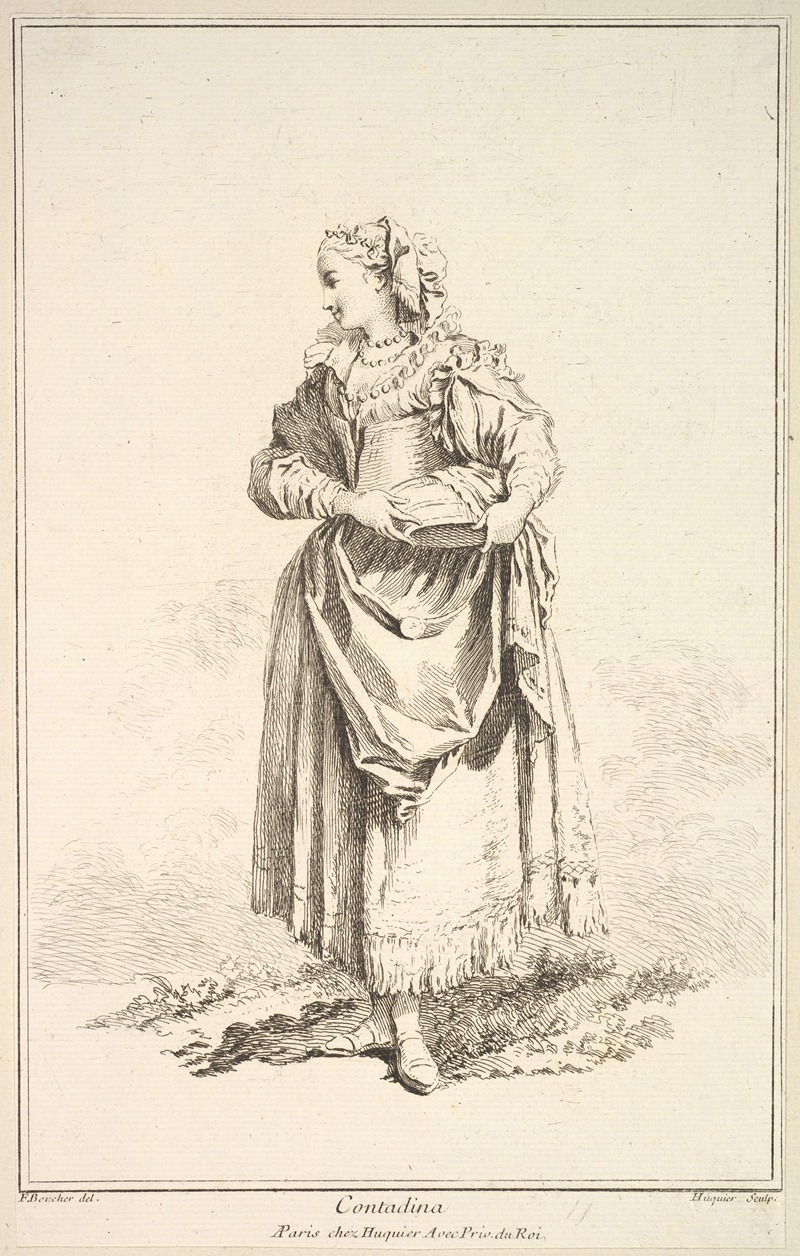
Contadina, plate 7
A hand-painted replica of François Boucher’s masterpiece Contadina, plate 7, meticulously crafted by professional artists to capture the true essence of the original. Each piece is created with museum-quality canvas and rare mineral pigments, carefully painted by experienced artists with delicate brushstrokes and rich, layered colors to perfectly recreate the texture of the original artwork. Unlike machine-printed reproductions, this hand-painted version brings the painting to life, infused with the artist’s emotions and skill in every stroke. Whether for personal collection or home decoration, it instantly elevates the artistic atmosphere of any space.
François Boucher was a prominent French painter of the Rococo style, known for his idyllic and voluptuous depictions of classical themes, decorative allegories, and pastoral scenes. Born in 1703, Boucher became one of the most celebrated artists of the 18th century, serving as the court painter to Louis XV and holding a significant influence over the artistic tastes of his time.
"Contadina, plate 7" is one of Boucher's works that exemplifies his skill in capturing the charm and elegance of rural life, a theme that was popular during the Rococo period. The term "Contadina" refers to a peasant woman or country girl, and this subject matter aligns with the Rococo fascination with pastoral and bucolic scenes, which often idealized rural life and nature.
Boucher's work is characterized by its light-heartedness, soft colors, and fluid lines, all of which are likely present in "Contadina, plate 7." His ability to infuse a sense of grace and beauty into everyday scenes made his works highly sought after by the aristocracy and art patrons of his time. Although specific details about "Contadina, plate 7" are scarce, it can be inferred that the piece would reflect Boucher's typical style, focusing on the elegance and charm of the subject.
Throughout his career, Boucher produced a vast array of paintings, drawings, and engravings, many of which depicted mythological subjects, portraits, and genre scenes. His works were not only appreciated for their aesthetic qualities but also for their ability to convey a sense of escapism and fantasy, which resonated with the tastes of the Rococo period.
Boucher's influence extended beyond his paintings; he was also a prolific designer of tapestries, porcelain, and stage sets, contributing to the decorative arts in France. His work played a significant role in shaping the visual culture of the 18th century, and his legacy continued to influence artists long after his death in 1770.
While "Contadina, plate 7" may not be as widely recognized as some of Boucher's other works, such as "The Toilet of Venus" or "Madame de Pompadour," it nonetheless represents an important aspect of his oeuvre that highlights his versatility and mastery of the Rococo style. Boucher's ability to capture the essence of his subjects with elegance and finesse ensures his place as a key figure in the history of art.
In summary, François Boucher's "Contadina, plate 7" is a testament to his skill in portraying the idyllic and romanticized aspects of rural life, a theme that was central to the Rococo aesthetic. Although specific details about this particular work are limited, it remains an integral part of Boucher's artistic legacy, reflecting the charm and sophistication that define his contributions to the art world.









